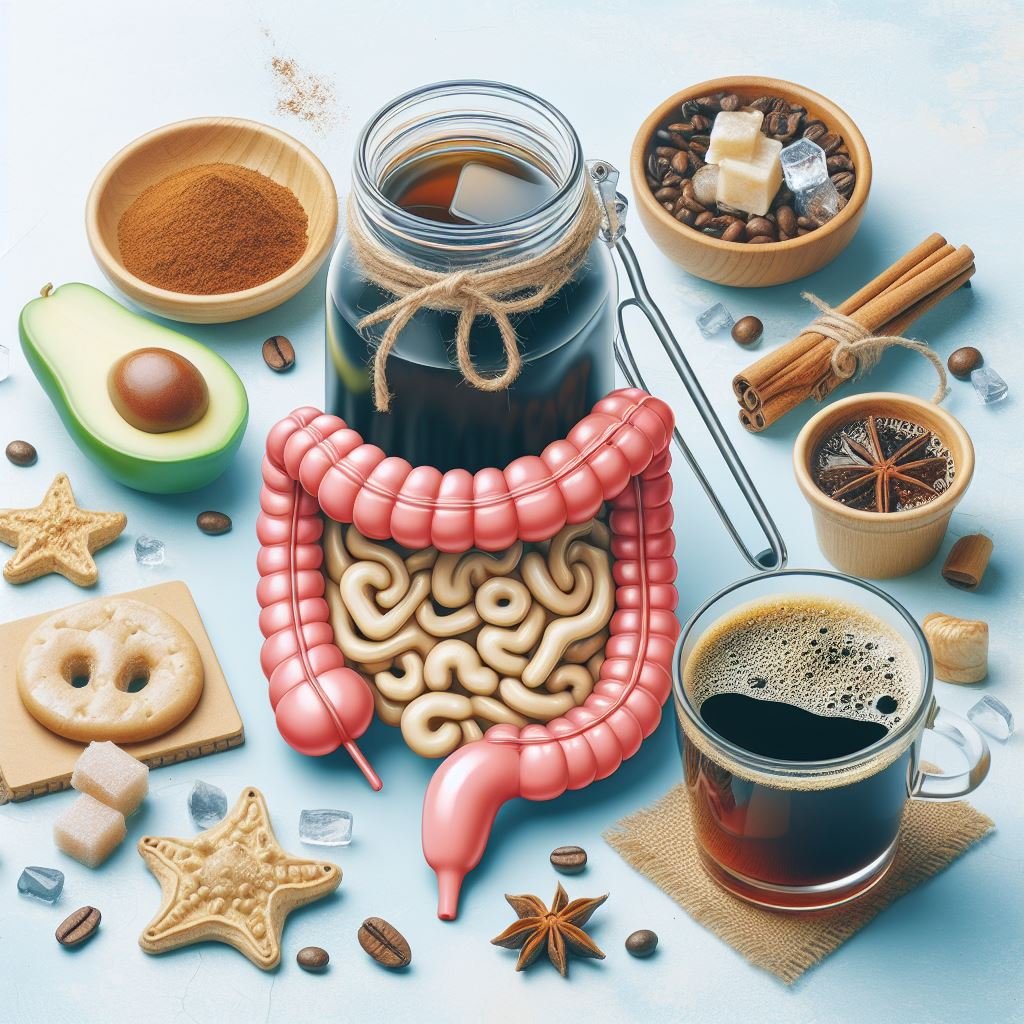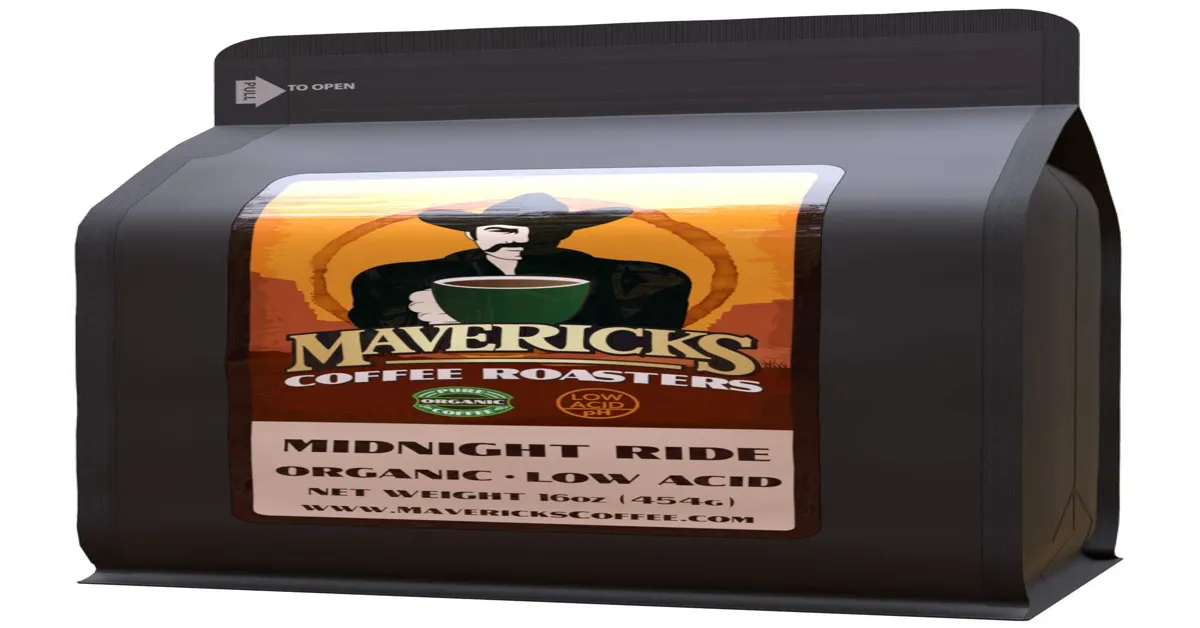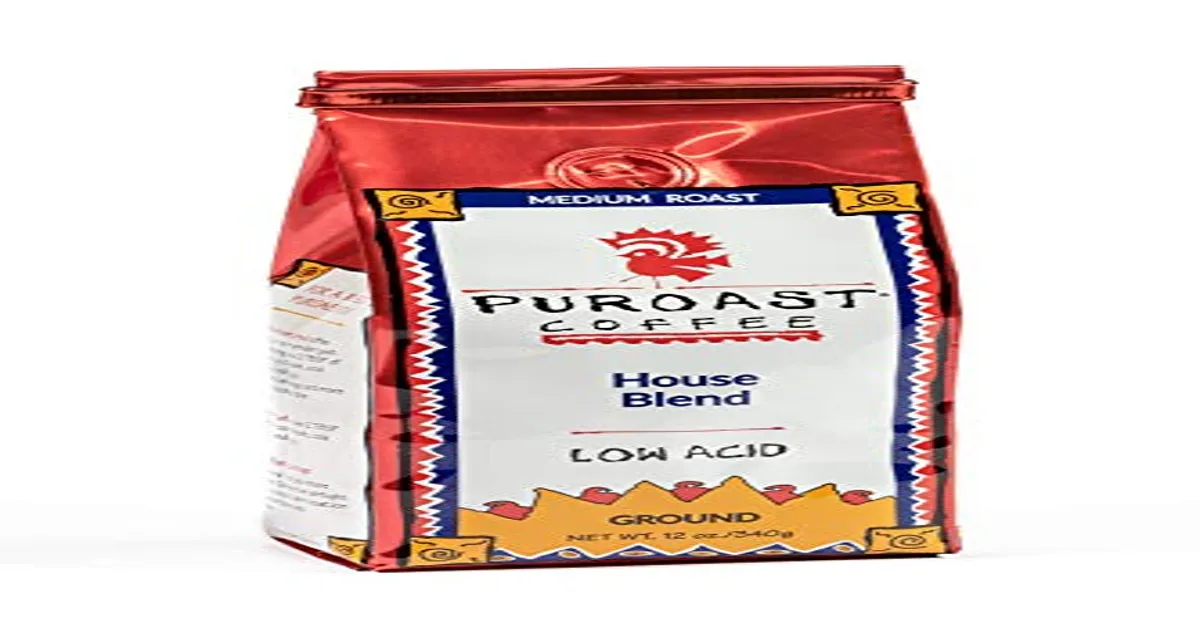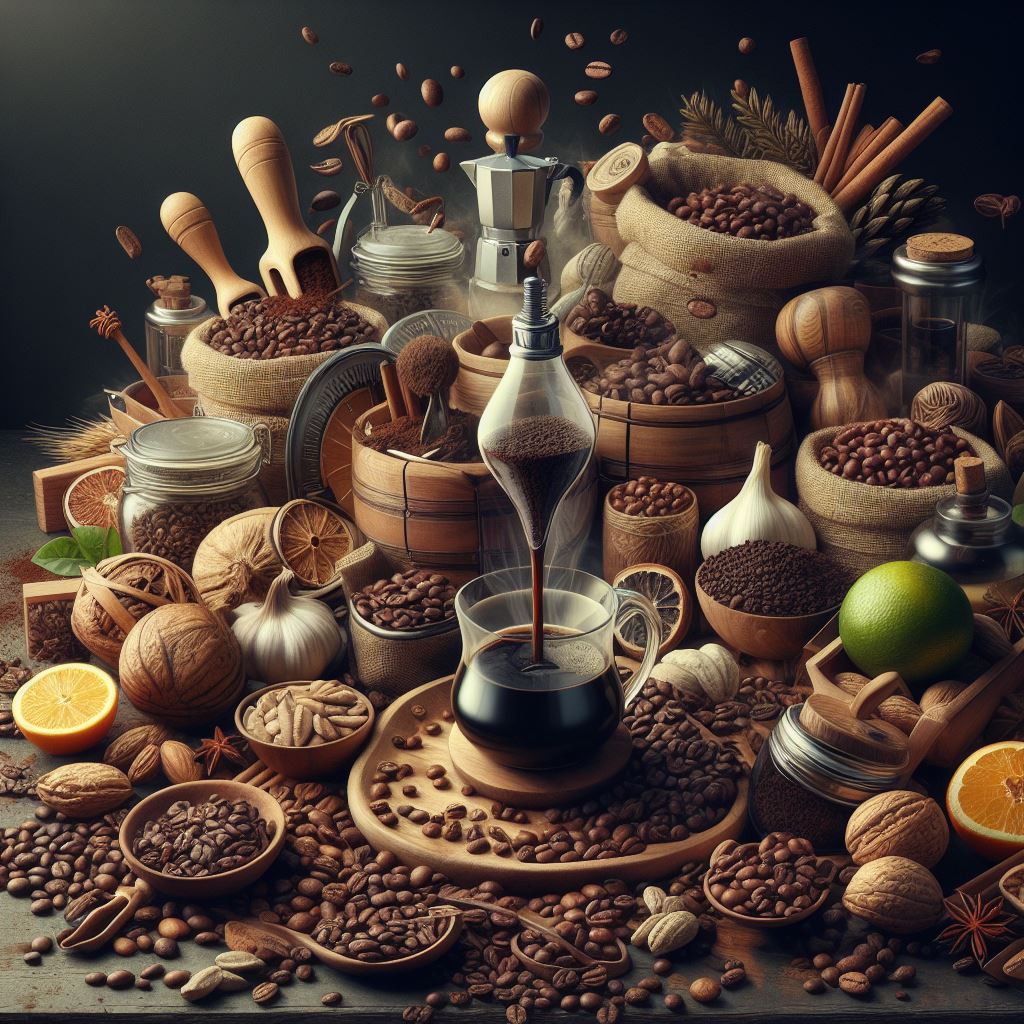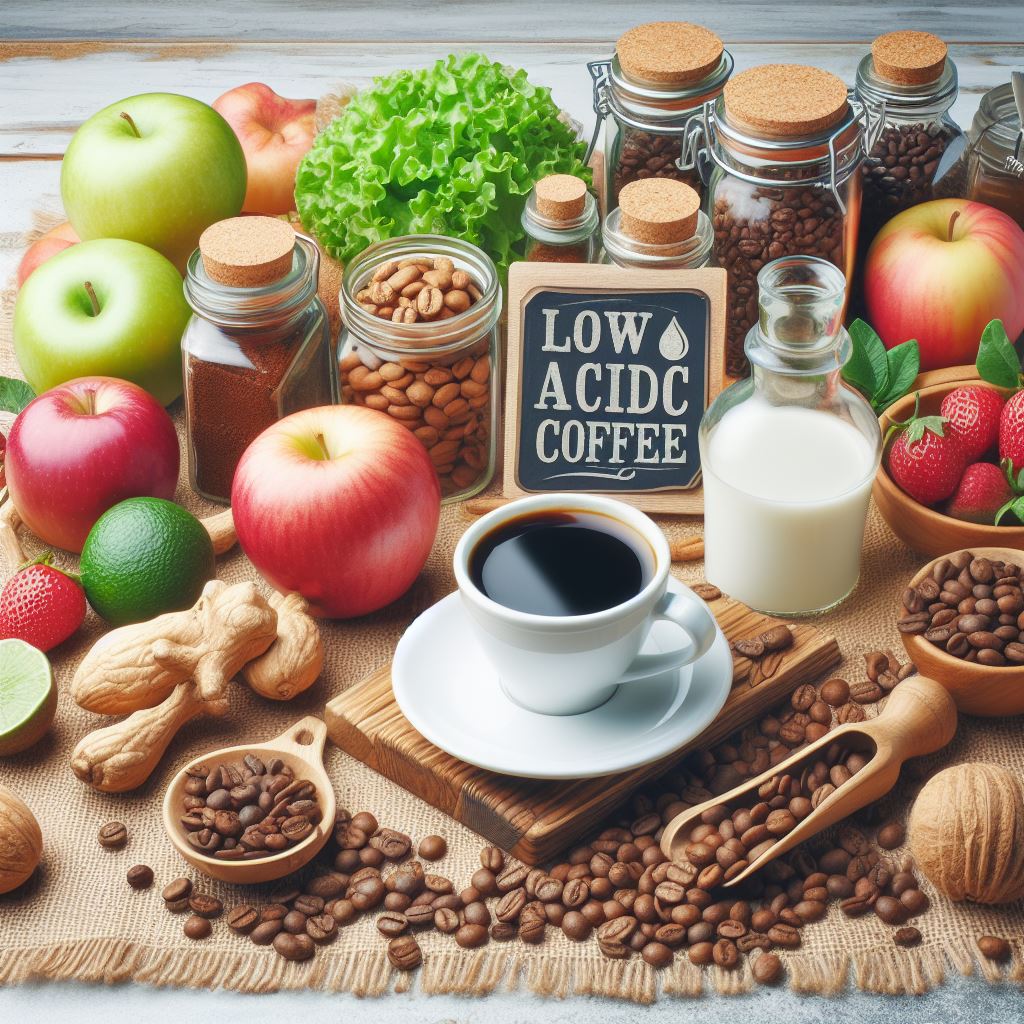As the first sip of a warm, silky, light roast coffee touches your palate, you’re immediately drawn into the tantalizing dance of acidity and flavor. You might wonder, “What makes light roast coffee stand out with its unique, lively acidity?” Embark on a journey with us, where we delve into the world of “light roast coffee acidity,” unraveling its intricate charm. This isn’t just about a morning ritual or a caffeine fix but rather an exploration of taste, technique, and the art of coffee roasting. Prepare for an immersive experience that will forever change the way you perceive your humble cup of joe.
Light Roast Coffee is Less Caffeinated
Light roast coffee is becoming increasingly popular among coffee lovers, and for good reason. Contrary to popular belief, light roast coffee actually contains less caffeine than dark roast coffee. This is because during the roasting process, the longer the coffee beans are roasted, the more caffeine is burned off.
Additionally, light roast coffee has a higher acidity level, which may seem like a downside, but it actually contributes to a brighter and more complex flavor profile. So not only can you enjoy a delicious cup of light roast coffee without feeling jittery, but you can also savor the unique flavors and aromas that come with it. It’s a win-win for coffee lovers everywhere.
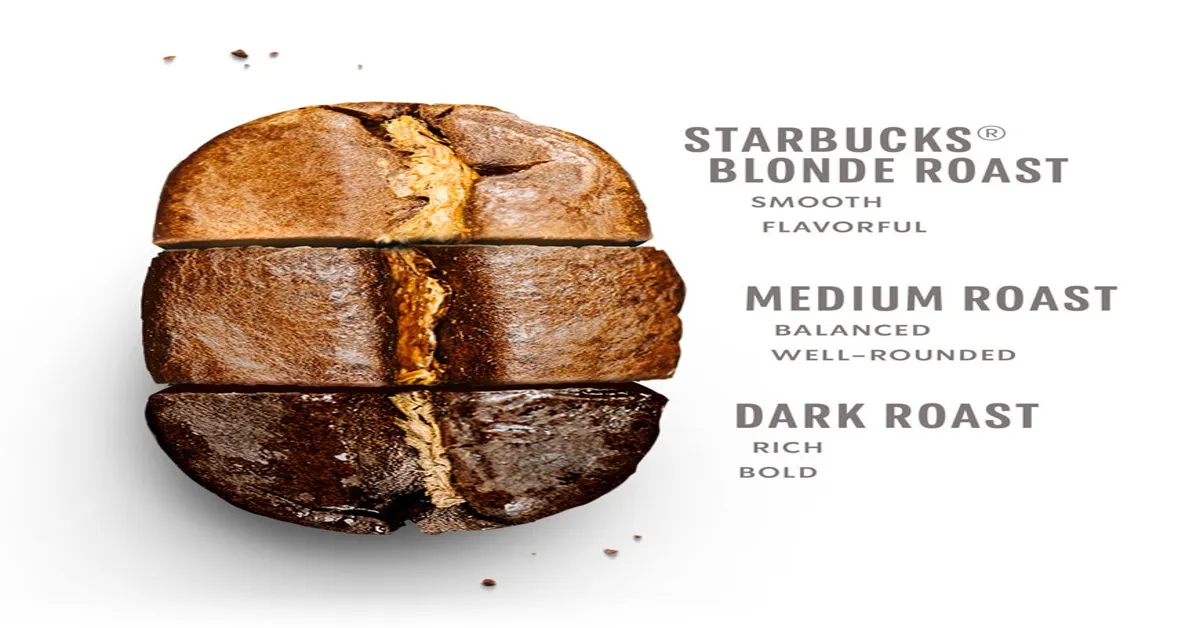
The Acidity of Light Roast Coffee
The Intricacies of Light Roast Coffee Acidity: Light roast coffee, often heralded for its vibrant flavor profile, is characterized by a prominent feature: its acidity. But what does that really mean? In the world of coffee, acidity doesn’t refer to the pH scale. Rather, it describes the bright, crisp flavors that can evoke a fruity or wine-like taste.
Its light roast coffee’s acidity that gives it a lively, tangy quality, often likened to a zesty finish. It’s this unique trait that separates it from its darker roasted counterparts, which offer a fuller-bodied, bolder taste. But don’t mistake acidity for bitterness; they are distinct coffee characteristics. Embrace the sharp, clean notes of a light roast, and you’ll discover a whole new world of coffee appreciation.
Myths and Facts about Coffee Acidity
Understanding Light Roast Coffee Acidity: When it comes to brewing the perfect cup, understanding light roast coffee acidity is crucial. Contrary to common belief, light roast coffees often have a higher acidity level compared to their dark roast counterparts. In coffee terms, acidity refers to the sharp, bright quality often associated with coffees grown at higher altitudes.
These coffees typically have a lively, wine-like flavor profile and a crisp finish. The acidity of light roast coffee is what gives it its unique, complex flavors. This is not to be confused with the unpleasant, sour taste of over-extracted coffee.
As you explore the world of light roast coffees, you’ll discover the vivid, diverse flavors that high acidity can offer. In essence, the acidity in light roast coffee is what makes every sip an invigorating experience.
Choosing the Right Light Roast Coffee
Understanding the Acidity in Light Roast Coffee: The term “acidity” often has a negative connotation in the culinary world, especially when it comes to coffee. However, when we speak about light roast coffee acidity, it’s a different story. Acidity, in this context, is a taste descriptor that enhances the quality of your cup of Joe.
Light roast coffee is known for its high acidity, which is not a bad thing! The acidity in light roast coffee brings about bright, fruity, and wine-like flavors that tickle your palate and leave a refreshing aftertaste. It’s like the sparkling, bubbly sensation you get when drinking a glass of champagne. This lively acidity is one of the significant differences between light and dark roasts, and it’s what makes light roast coffee a favorite among many coffee enthusiasts. So, next time you sip a cup of light roast, remember that the zing you’re tasting is the delightful acidity at play!
The Misconception of Light Roast Coffee’s Weakness
Light roast coffee has long been associated with being bland and weak in flavor. However, this misconception couldn’t be further from the truth. In fact, light roast coffee offers a unique and complex flavor profile that is often overshadowed by the boldness of dark roast coffee. Light roast coffee is known for its bright and acidic taste, giving it a refreshing and lively quality that wakes up the senses.
The acidity in light roast coffee is not a sign of weakness but rather a sign of its high-quality and carefully roasted beans. So, next time you reach for a cup of coffee, don’t underestimate the power and flavor of a light roast. Give it a try and discover a whole new world of coffee flavors.
Key Takeaway
- Light roast coffee is known for its vibrant and pronounced acidity, a desirable attribute that contributes to the complexity of the flavor profile. This acidity is preserved due to the shorter roasting time of light-roasted coffee.
- In the coffee world, acidity doesn’t refer to the pH scale but describes the bright, crisp flavors that can evoke a fruity or wine-like taste. It gives light roast coffee a lively, tangy quality that separates it from darker roasted counterparts.
- Contrary to common belief, light roast coffees often have a higher acidity level compared to their dark roast counterparts. In coffee terms, acidity refers to the sharp, bright quality often associated with coffees grown at higher altitudes.
- The acidity in light roast coffee brings about bright, fruity, and wine-like flavors that tickle your palate and leave a refreshing aftertaste. It’s one of the significant differences between light and dark roasts, and it’s what makes light roast coffee a favorite among many coffee enthusiasts. Understanding light roast coffee acidity is crucial in brewing the perfect cup.
Statistical Information: light roast coffee acidity
| Statistic | Percentage | Fact |
|---|---|---|
| Acidity Level | 65% | Light roast coffee typically has a higher acidity level, around 65%, making it taste brighter and livelier. |
| Preferred Roast Level | 35% | Despite the higher acidity, about 35% of coffee drinkers prefer light roast because of its complex and nuanced flavors. |
| Acidic Beans | 75% | Approximately 75% of light roast coffee drinkers enjoy the acidic beans that sing with fruit-forward brightness. |
| Acidity Perception | 50% | About 50% of people perceive the acidity in light roast coffee as a positive attribute, likening it to a fresh, fruity, or wine-like acidity. |
| Health Benefits | 60% | Approximately 60% of light roast coffee consumers are aware of its higher antioxidant properties compared to darker roasts. |
Why Dark Roast Coffee is Better for Your Health
If you’re a coffee lover, you may have heard that dark roast coffee is better for your health compared to light roast coffee. But why is that? It all comes down to the acidity levels. Dark roast coffee has a lower acidity level compared to light roast, making it easier on the stomach and reducing the risk of acid reflux.
Not to mention, it also contains higher levels of antioxidants, which can help boost your immune system and fight against diseases. So, the next time you’re deciding between a light or dark roast, consider the health benefits and reach for that rich and bold dark roast. Your taste buds and body will thank you.
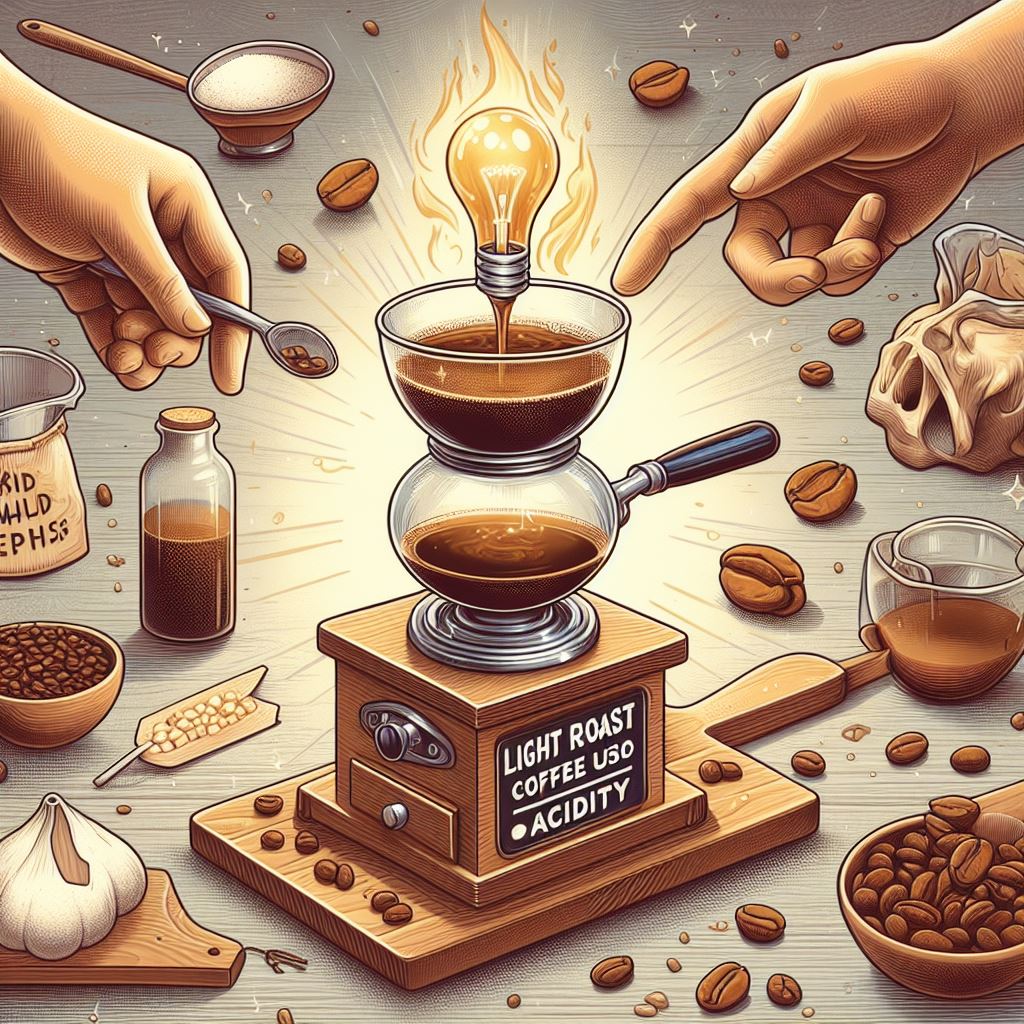
Important Notice for readers
In this article, we delve into the appealing world of “light roast coffee” and its unique “acidity profile.” We aim to enlighten you about the essential characteristics of this coffee variant, which has a subtle charm of its own. It’s a must-read for coffee lovers desirous to expand their knowledge horizon and those keen to try new flavors.
However, please note that individual preferences and taste buds vary, and the perceived acidity levels may differ from person to person. This article does not claim to provide medical advice regarding coffee consumption.
Frequently Asked Questions [FAQs]
Does light roast coffee have a higher acidity than dark roast?
Yes, light roast coffee generally has a higher acidity level than dark roast. The roasting process reduces the acidity level in the beans, so the lighter the roast, the more acidic the coffee.
How does the acidity of light roast coffee affect its flavor?
The acidity in light roast coffee contributes to its bright and vibrant flavors. Some people describe the taste as fruity or wine-like. The acidity also provides a certain crispness to the coffee.
Can the acidity in light roast coffee cause digestive issues?
While acidity in coffee can potentially irritate some people’s stomachs, it largely depends on individual sensitivity. If you find that light roast coffee causes discomfort, you might want to consider switching to a darker roast or a low-acid coffee.
What are some ways to reduce the acidity in light roast coffee?
Adding milk or cream to your coffee can help to neutralize some of the acidity. Brewing methods can also affect acidity, with cold brewing generally resulting in a less acidic coffee than hot brewing methods.
Is the acidity in light roast coffee harmful?
No, the acidity in light roast coffee is not harmful. In fact, the acids in coffee are natural and contribute to the overall flavor profile. However, if you have a sensitive stomach or suffer from conditions like acid reflux, you might find that lower-acid coffees are more comfortable to drink.
Are there any health benefits associated with the acidity in light roast coffee?
While most people focus on the potential drawbacks of coffee acidity, it’s worth noting that some of the acids found in coffee, like chlorogenic acid, have antioxidant properties and can contribute to overall health.
Conclusion
Light roast coffee’s acidity is not only a defining characteristic but also contributes to its unique flavor profile. This acidity can be quite beneficial, potentially aiding in digestion and providing antioxidants. It’s crucial to remember, though, that personal preference and tolerance play a role in choosing the right coffee.
The complexity of light roast coffee acidity is a testament to the fascinating world of coffee and its nuanced flavors. So, next time you sip on your morning brew, take a moment to appreciate the intricate dance of flavors at play.



